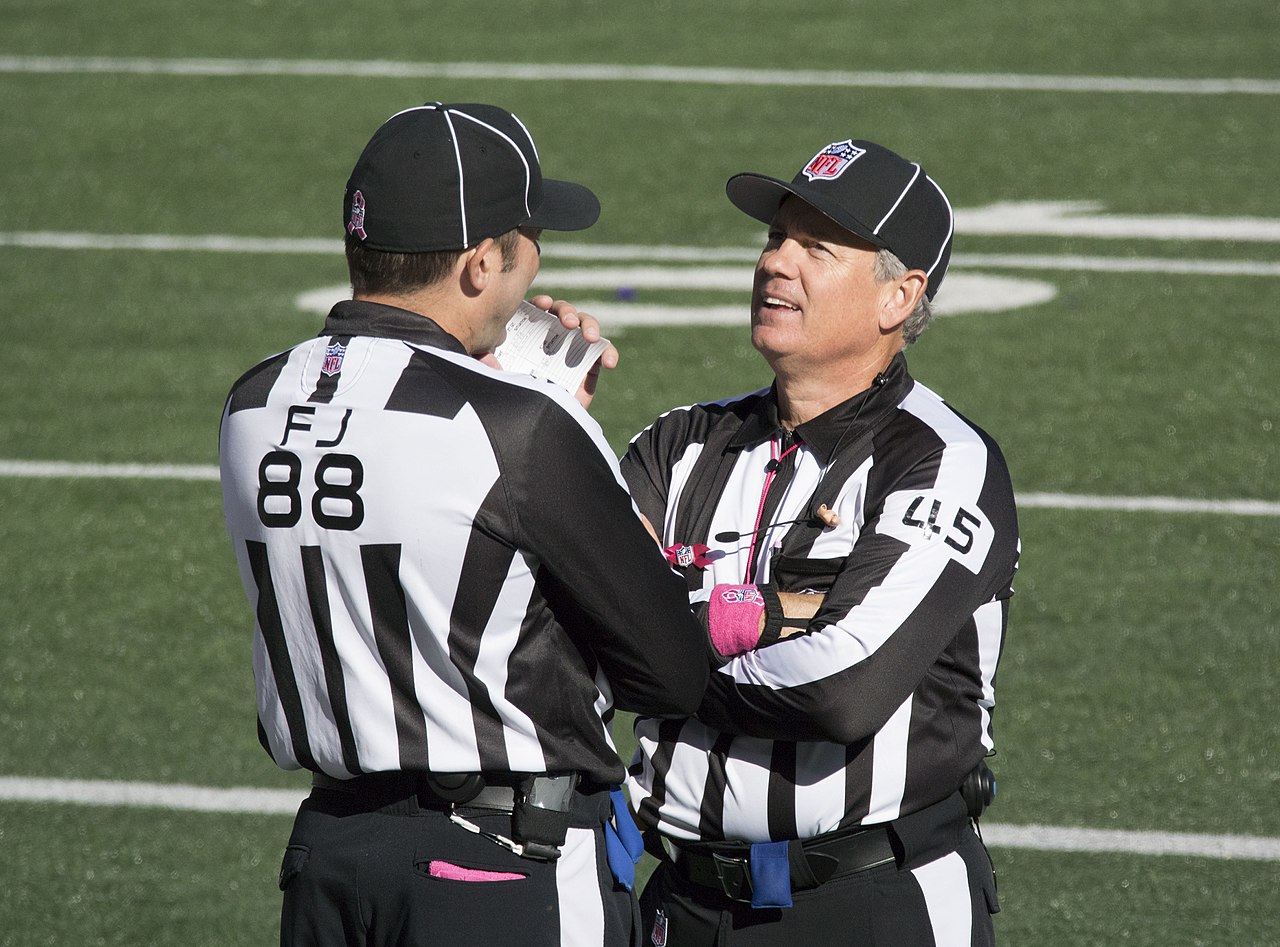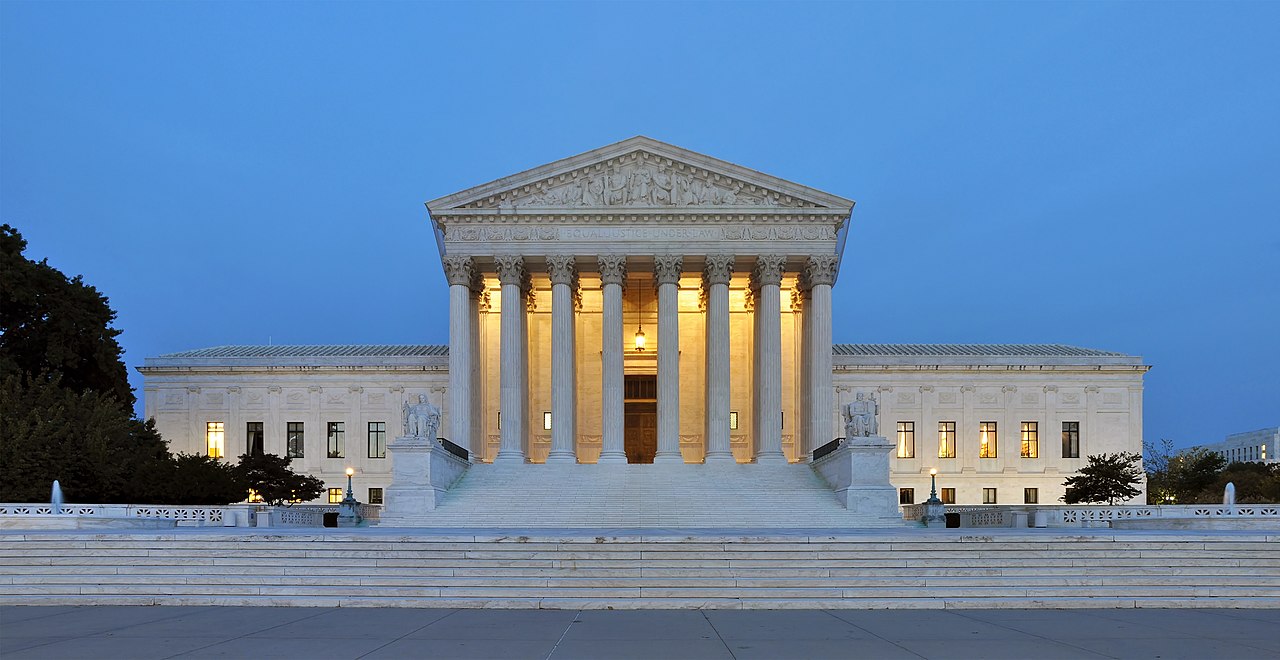I’m Ready, Celebration! I’m Ready, Celebration!
SpongeBob SquarePants turned 20 years old on May 1, 2019! For anyone younger than 35, SpongeBob has been ingrained in your pop culture. For parents of anyone younger than 35, the SpongeBob theme song is most probably ingrained in your brain. For those who missed these SpongeBob years as your children were already too old for the Yellow Sponge, do not worry as your grandchildren will introduce you to SpongeBob, Patrick Star, Sandy Cheeks, Mr. Krabs and the entire cast in Bikini Bottom.
Cartoons come and go. Children’s programs come and go. The same silly gags used over and over eventually wear thin even when initially hilarious. Why then has SpongeBob defied the aging process and typical shelf-life of television programming? Indeed, a SpongeBob empire has been spawned with television cartoons, movies (and, yes, a new SpongeBob movie is set for release in 2020!), amusement park rides, a Broadway musical, video games, and more. As Sandy would say: “How has the little yellow critter done it?”
Let’s take a little closer look at SpongeBob to determine just how he may have “done it” as well as determine what SpongeBob can teach us. There may even be a lesson or two for mediation hidden in that pineapple under the sea.
Foremost, an admission if not confession of sorts. I have kids in their 20s. SpongeBob was prime material for these kids and all their classmates over the years. Our youngest, in his teens, also knows virtually every SpongeBob episode. Yet, SpongeBob was not alone in these younger years. That huge purple dinosaur had his place. The Wiggles often wiggled their way across our tv screen. The oddly peculiar Teletubbies even made regular appearances.
SpongeBob endured while Barney wiggled away with the Teletubbies. In fairness, these three SpongeBob “competitors” did target a slightly younger audience. After learning the ABCs, 123s, and colors, there would admittedly be less attraction for these others. Fair enough.
But Nickelodeon, the SpongeBob network, pumped out tons of alternatives to visiting the Krusty Krab. The Rugrats ran for years based on a bunch of toddler friends getting into and out of trouble just like SpongeBob and his cadre of pals. The Powerpuff Girls fought strange villains and saved the world before bedtime just like SpongeBob and Patrick when they joined forces with Mermaid Man and Barnacle Boy. For slapstick humor, Ed, Edd and Eddy always paved the way including chicken stampedes just like SpongeBob trying to lift weights with Larry T. Lobster or practice karate with Sandy.
All of these other cartoons and, in fact, all other cartoons on Nickelodeon, failed to attain even half of SpongeBob’s longevity status. And SpongeBob is still going today. These other shows were humorous in their own right, presented similar ridiculous plot lines, presented roughly similar animation, and targeted the identical audience as SpongeBob. Obviously some ingredient from SpongeBob was lacking in all these other cartoons.
SpongeBob is a true and loyal friend. SpongeBob helps others. SpongeBob wants to please others. SpongeBob is happy. SpongeBob is not afraid to be himself. You can identify so many of these elements in these other cartoon characters. It struck me that one differentiating factor for SpongeBob is that he and all his buddies in Bikini Bottom are grown ups in a grown up world dealing with grown up issues, albeit oft-times in a dramatically juvenile manner. All other shows are about kids being kids in a kid universe.
SpongeBob owns his own house/pineapple. SpongeBob cares for a pet snail. SpongeBob holds down a job. SpongeBob drives. Oh, wait. Scratch that. SpongeBob can never pass his driver’s test for one reason or another. SpongeBob must then figure out his own problems, including transportation. In short, SpongeBob is a responsible endoskeleton.
Look at these points a little deeper. SpongeBob is not merely a fry cook. He is THE fry cook at the Krusty Krab. He is expert at making the perfect Krabby Pattie. He does not like his job, he loves it, he loves going to it and he loves doing it every day. How many parents encourage their kids to find a job which inspires them and makes them happy? The perfect career. Check.
SpongeBob owns his own place. He has moved out of the house of Mom and Dad. He tends to his pet snail, Gary. He lives down the block from his best buddy, Patrick Star. How many parents want their kids to be financially independent and stable as SpongeBob? The perfect place. Check.
Even with all this responsibility, SpongeBob still goes jellyfishing and blows bubbles with a starfish. He pretends he is anything he wants to be playing inside an empty box. How many parents tell their kids to have fun when they grow up and never lose their sense of adventure? How many parents remind their kids to just be themselves regardless what others may think? The perfect lifestyle. Check.
In part, SpongeBob is the perfect grown up about which parents tell their kids. SpongeBob is in his own, cool house. He has a pet. He always hangs out with his friends. And his job is at his favorite place. The wackiness just makes being an adult fun. Straight-laced Squidward is the ever present foil to fun in order to remind us to enjoy everything as it unfolds in life. SpongeBob, living in a pineapple and working as a fry cook, is the ideal grown up presented by Mom and Dad.
As a kid, SpongeBob lets you know that you can grow up and still be goofy. That message resonates into the teen years as kids grow up with SpongeBob. That message explains the popularity of SpongeBob on college campuses. College provides a wonderful setting for these growing up kids to take on some level of independence and responsibility while still enjoying “kid” activities before taking that serious step toward a job and career. No wonder that SpongeBob is a cult hero in that environment.
Thus the longevity and continued attraction of SpongeBob for decades.
Do the lessons of SpongeBob resonate with adults? Perhaps they should. Are we satisfied and happy with what we have or do we always want more? Do we enjoy each day and think that everyone we meet could become our new best friend? Do we take any time to go jellyfishing or enjoy our favorite activities? Do we have SpongeBob careers which we relish and love doing every single day? Do we remain positive even when all the Squidwards in our lives try to dampen our enthusiasm? We all cannot live in the ideal setting of Bikini Bottom, but maybe we can take some lessons from deep in the sea.
In mediation in employment and personal injury cases, I often hear from the injured parties that all they really want is to get back their old jobs which they “loved”. Many times, these parties are hung up on that point. To try to get them past that issue, I explore with them how much they genuinely “loved” their prior positions. I hear how they enjoyed many of their co-workers and considered them like family members. I hear about the benefits of a regular paycheck and certainty of knowing what they would do each day. I usually do NOT hear that they liked molding rubber parts for eight hours straight or processing expense reports for hours at a time. I then inquire that if the clock could be turned back 20 years, what career path would they take. The overwhelming response is that a different path would have been followed. They really did not “love” their jobs, they really were upset with how the relationship ended on the employer’s terms and not their own.
SpongeBob would not hesitate to claim that he would want to be and remain the fry cook at the Krusty Krab forever. He found what he loves doing. These injured parties need to take note of SpongeBob. A legal claim may well present the opportunity to find your own Krusty Krab and start doing what you enjoy. Being grown up does not have to mean that fun ends. Happy Birthday SpongeBob!










